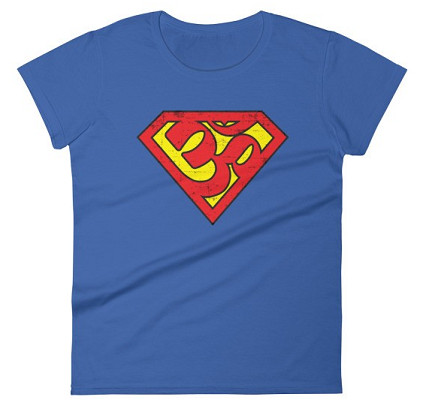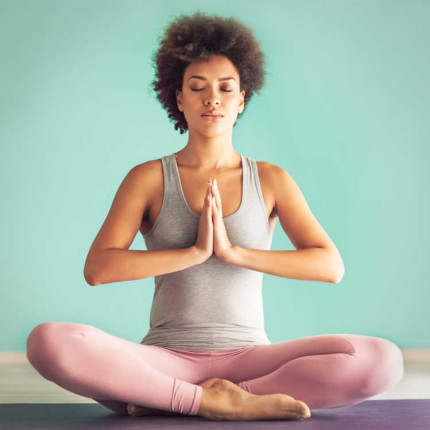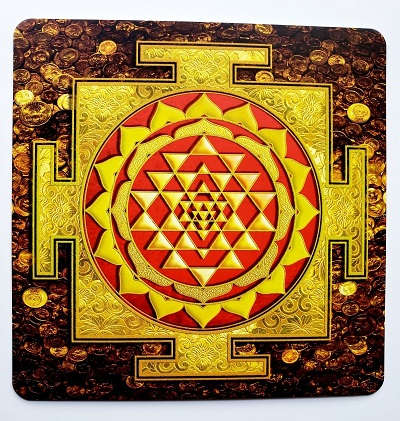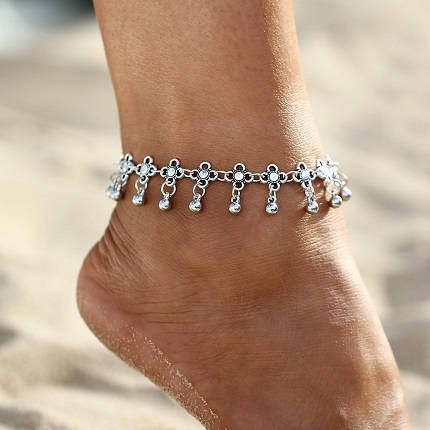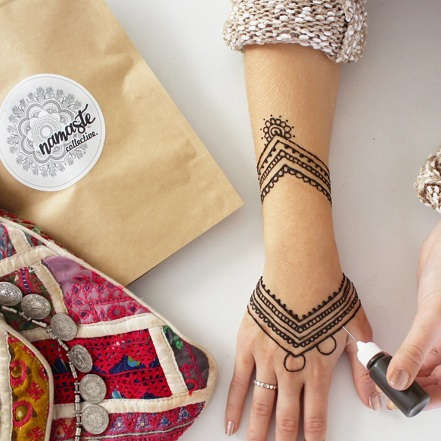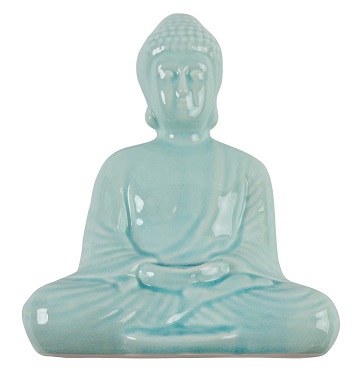Yoga Lifestyle Marketplace
Ayurvedic Treatment Options For ADHD
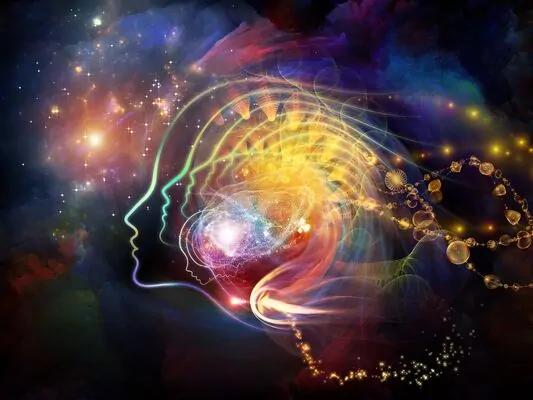
ADHD is a neurodevelopment disorder manifested by problems in paying attention, excess activity, uncontrolled behavior which is inappropriate for the age of the child.
Risk factors:
> Age= 6-12 years (commonly)
(According to WHO, it has affected 39 million people as of 2013)
> Sex= boys: girls = 3:1
According to Ayurveda:
In Ayurvedic aspect, every person is a different combination of doshas. There are said to be three doshas- Vata, Pitta, and Kapha.
Ayurveda believes that “The perfect balance of these three doshas leads to health, imbalance in these doshas leads to disease”, says Charaka.
Therefore, managing and balancing them is the prime protocol of treatment. In this age (pediatric age), Kapha-dosha dominates.
Looking into both modern and ayurvedic literature, we can have a standard treatment for ADHD (says, Mushraf Rashid Sayyad in an article of the international journal of health science and research, accepted on 25-10-2016).
Signs and Symptoms
> Lack of concentration power
> Disruptive behavior like aggression, impulsivity, lack of restraint, persistent repetition of words or actions
> Hyperactivity (common in adults)
> Associated features are academic difficulties, trouble focusing, forgetfulness or depression.
Others symptoms include:
> Decreased appetite
> Sleep disturbance
> Tics (Abruptive and sudden movement or sounds)
> Pain in the abdomen
> Headache
> Mood swings (sometimes really excited whereas sometimes very irritated)
Types of ADHD
There are said to be three types of ADHD on the basis of symptoms, discussed below:
1. Predominantly Inattentive:
The child can have all the above mentioned signs and symptoms with-
> Easy distraction
> Common forgetfulness
> Difficulty in focusing
> Easily bored
> Difficulty in learning new things
> Often losing stuff like pencils, erasers and other items
> Difficulty in completing homework or any assigned work
> Do not interact properly with parents
> Struggle in following instructions as have trouble understanding
2. Hyperactive-Impulsive:
> Non stop talking or Blabbering
> Dashing around, touching random stuff here and there
> Plays with anything and everything within his approach
> Cannot sit quietly
> Constantly in motion
> Often runs around or climbs in situations where inappropriate
> Often blurts out the answers in impulsivity, before even completion of the question, cannot wait for next turn
> Often interrupts and intrudes on others’ conversation and games.
> Acts without regards to consequences
> Show out emotions without any restraint
3. Mixed (Combined Type):
Both types of characters are found in the children with ADHD as in Inattentive and Impulsive.
Causes of ADHD
Genetics:
> Studies tell us that, it is often inherited from parents with genetics (determined by about 70% cases).
> Siblings of children with ADHD are 3-4 times more likely to develop that disease.
During Pregnancy:
> Environmental factors-
Lead, organophosphates and other chemicals increase the risk for ADHD.
> Diet and Abuse-
Alcohol intake during pregnancy can also cause ADHD.
Abuse of tobacco may also result in ADHD.
Health status of Infants and Infections:
> Premature birth (Pre-Term Baby)
> Low birth weight
> Infections during pregnancy
> Infections during delivery
> Brain injury during labor
> Allergies to certain food worsen the symptoms
Social:
> Poor educational and social status
> Family pressure
> Peers pressure
Diagnosis
> By assessment of the child’s specific behavioral and mental development. The most important factor that plays a role in diagnosis is the observation and assessment of parents, relatives, and teachers about the child’s behavior.
> By quantitative E.E.G
> MRI – MRI shows reduced activity levels in various areas in the frontal region of the brain of ADHD patients.
Pathogenesis (Modern Aspect)
> According to brain imaging studies, in youth with ADHD, the brain matures in a normal pattern but is delayed about three years (approximately). The delay is more pronounced in the areas of the brain responsible for thinking, paying attention and planning.
> Most recent studies have shown that the outermost layer of the brain (The cortex) shows delayed maturation overall.
> There is an abnormal growth pattern in communication between the two halves.
Ayurvedic Approach
In ayurvedic texts, there is no clear-cut description of this disorder particularly in children but, it can be correlated with various abnormal behavior described in ‘Charak Samhita’ adhyaya named “Unmaad”.
Symptoms according to Ayurveda
> Mano-vibhrama = Mental confusion
> Buddhi-vibhrama = Impaired intelligence
> Smriti-vibhrama = Impaired memory
> Bhakti-vibhrama = Loss of desire
> Sheela-vibhrama = Inappropriate manner
> Cheshta-vibhrama = Abnormal activities
> Acara-vibhrama = Impaired socialization skills, unable to follow commands.
(Reference = Charaka Nidanasthanam 7/5)
Treatment
1. Behavioral Therapy (Satva Avajaya Chikitsa)
A sound mind dwells in a sound body. So, it is important to take good care of the patient’s body.
I. Diet Regulation:
> Diet should be of complete nutritional balance
> Avoid excess oily, spicy and junk food (as these hamper with mansika doshas)
> Food rich in anti-oxidants
> Food rich in omega-3 fatty acids
> Immunity booster (e.g., apple and other eatables)
> Cow’s ghee is really helpful
> Cod-liver oil
> Vitamin D3 rich food as it develops brain action.
II. Panchkarma Procedures:
> Shiro-Abhyangam: In this therapy, the patient’s scalp is massaged with medicated ghee or oils. It helps in increasing blood supply to the brain.
> Pada-Abhyangam: In this therapy, the patient’s feet soles are massaged with medicated oils or sesame oil.
> Shiro-Pichu: In this therapy, a cotton ball is soaked in medicated oil and then kept on the forehead over the anterior fontanelle. It improves memory and treats psychological and neurological disorders like paralysis and facial palsy.
> Shiro-Basti: In this therapy, warm herbal medicated oil sits top on the head and is kept there for a certain amount of time. It helps with psychological disorders and stress.
These procedures are shown to increase serotonin level which might help modulate the elevated dopamine levels in ADHD patients.
The Massage was found to reduce the level of cotisol (stress hormone). All these procedures also influence hormonal and cerebellar blood flows.
iii. Medicated Oils:
Kshirbala tailam:
> Ksheerbala tailam is a preparation of Bala (Sida cordifolia), Sesame oil and milk.
> It helps in balancing the three doshas and mainly effective on Vata-dosha (responsible for the neurological activities).
> Bala and milk have cooling effect; they refresh the body and mind, relieve stress and promote natural sleep.
Balaadi tailam:
> Main ingredients of this oil are Bala (sida cordifolia), Guduchi (Tinospora cordifolia), Rasna (Alpinia calcarata), and Devdaru (Cedrus deodara).
> It helps in treating neurological disorders and balances vata-dosha. It has anti-inflammatory, analgesic and anti-oxidant properties.
Bala-ashwagandhadi tailam:
> In this oil, Bala (Sida cordifolia) and Ashwagandha (Withania somnifera) are the main ingredients.
> Ashwagandha has shown effects on the induction of Axon and Dendritic outgrowths. (Thodha, Chihiro et al 2000).
> It has neuritic regeneration and synaptic reconstruction properties. (Kuboyama T et al 2005).
> Also it has anticonvulsant action. (Kulkarni et al 2008 & Pattipati S Naidu et al 2007).
Chandana-bala-lakshaadi tailam:
> The main decoction herbs used are Chandana (Santalum album), Bala (Sida cordifolia), Laksha (Lacifer lacca), Lamajjaka (Andropogon jwarancusa) and sesame oil.
> Chandana, due to its cooling action, helps in relieving stress. Bala is rich in anti-oxidants and balances vata-dosha.
> Lamajjaka is cool in potency and has anti-oxidant and analgesic properties. Also, it balances all three doshas.
> Laksha also possesses the cooling property and helps in relieving stress and has anti-inflammatory action.
Brahmi oil:
> It is known for rejuvenating all body systems. It has Nootropic properties and works as a cognitive enhancer, stress buster and neurological tonic.
> It enhances memory power as it can regulate the levels of dopamine and serotonin.
> It helps in increasing the branching in neuronal growth in hippocampus (the area associated with enhancing memory retention and improvement in the learning performance).
2. Nootropic Herbs
Nootropic herbs/drugs are responsible for improving cognitive functions like memory, creativity, and motivation.
Brahmi (Bacopa monnieri):
> Brahmi is known as a great brain tonic.
> It can be taken in powder or paste form with milk.
> Fresh juice of leaves - (10ml / once a day).
> One study in 31 children aged 6-12 years found that taking 225 mg of Bacopa monnieri extract daily for 6 months significantly reduced ADHD symptoms like restlessness, poor self-control, inattention and impulsivity in 85% of the children. (Dave UP, Dingankar SR, Saxena VS, Joseph JA, Bethapudi B, Aggarwal A, Kudigant V, NIA)
Jatamansi (Nordostachys jatamansi):
> It tones up the brain and strengthens mental abilities.
> Its root extracts are used to treat mental disorders
> Limited results from behavioral tests revealed that an extract from jatamansi exhibited significant antidepressant activity.
(Metkar B, Pal SC, Kasture S. Indian J Nat Prod. 1999:15:10-13)
Ashwagandha (Withania somnifera):
> Ashwagandha root powder is widely known for relieving stress by reducing cortisol and called ‘adaptogen’. Several controlled human studies have shown that it can effectively reduce anxiety disorders.
> PubMed central states that, in one eight-week study in 50 adults showed that taking 300 mg of Ashwagandha root extract twice daily improved general memory, task performance, and attention.
> PubMed central states that, in one controlled 60-day study in 64 stressed adults, those who took 600 mg of high-concentration Ashwagandha extract per day reported a 79% reduction in severe depression.
Yashtimadhu (Glycyrrhiza glabra) :
> Yashtimadhu is considered as Medhya-drug (Intellect rejuvenating). It improves cognitive functions of the brain.
> It is a good immunity booster and has anti-oxidant properties.
> ½ teaspoonfuls twice daily are the dosage of this drug.
3. Dhoopana Chikitsa
In ‘kashyapa samhita’ various herbs incarnated and their fumes are inhaled in dhoopakalpa adhyaya. It may prove useful.
4. Yoga and Meditation
> Yoga can be used to balance cortisol levels, synchronize the brain hemispheres, stimulate frontal lobe and balance neurotransmitters.
> Pranayama (breathing exercises) and deep relaxation techniques like meditation techniques help to calm down the senses, decrease hyperactivity of the brain and enforce disciplinary action.
> Suryanamaskar (Sun Salutation), Anulom Vilom can help calm the children’s mind.
> Halasana (Plough pose), Matsyasana (Fish pose), Dhanurasana (Bow pose), Shishuasana (Child pose) and Bhujangasana are said to be useful.
> Daily walk can help release ‘endorphins’ which counter the effect of cortisol (Stress Hormone).
5. Environmental Conditions
> Changes in environmental conditions, Vedic chanting or music therapy.
> Room decorations can be adjusted according to the child’s taste.
> It can stimulate the frontal lobe and regulate the hypothalamus.
> Create a routine for the patient because they need regularity and consistency, the regularity of sleep patterns and eating patterns etc.
> Keep technology check on the patient as kid’s impressionable minds are overwhelmed with exposure to mass media with violent and negative or fast-moving images. It further results in vitiation of Vata-dosha, making the symptoms worse.
> The atmosphere at home should be clean and harmonious and build a strong support network at home and school.

